Finding genuine solitude and natural beauty becomes more challenging and vital in
an increasingly connected world. These twenty remote villages offer unique
opportunities to disconnect from the digital world and reconnect with nature’s
untamed splendor.
From mountaintop settlements to coastal hideaways, each destination provides an
authentic glimpse into simpler living methods while surrounded by breathtaking
landscapes.
Gásadalur, Faroe Islands
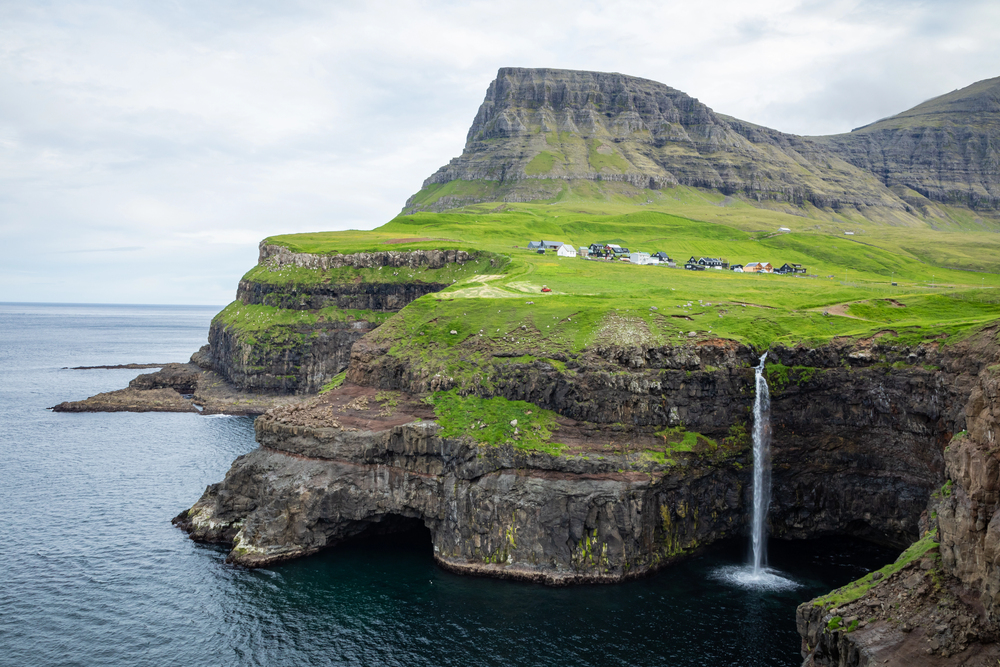
Tucked between dramatic cliffs and overlooking the North Atlantic Ocean, this tiny
village was accessible only by hiking or helicopter until 2004. The construction of a
tunnel through the mountains finally connected its handful of residents to the rest of
Vágar island.
The village offers unparalleled views of the iconic Múlafossur waterfall, which plunges directly into the ocean.
Sirogojno, Serbia
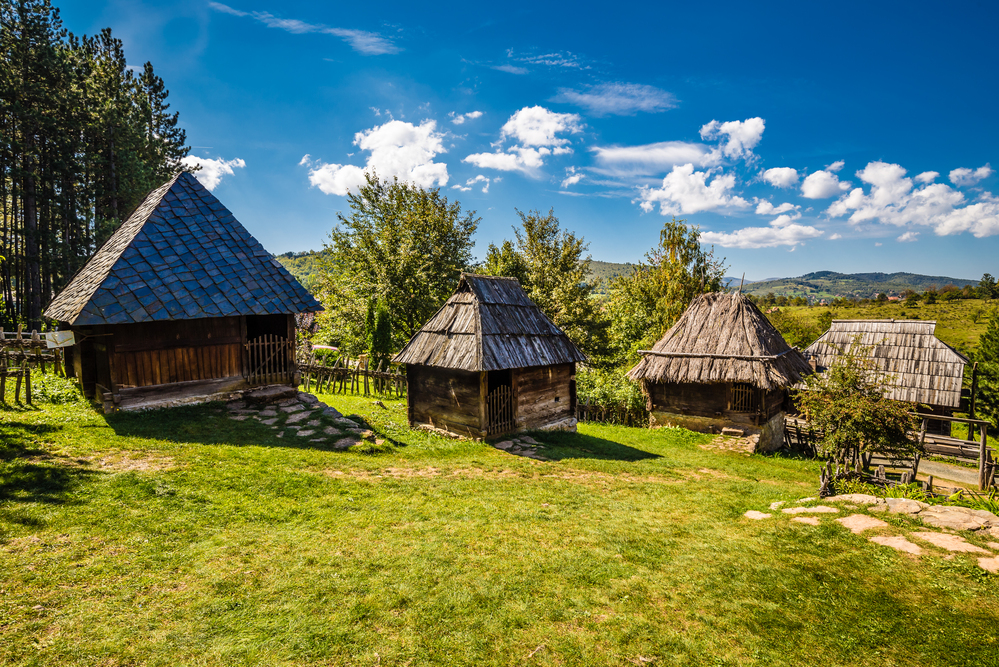
Nestled in the Zlatibor mountains, this preserved 19th-century village showcases
traditional Serbian mountain life. The open-air museum features authentic wooden
houses with thatched roofs, while local women still practice the art of wool knitting
that made the village famous.
During the spring and summer months, surrounding meadows burst with wildflowers.
Like Travel Pug’s content? Follow us on MSN.
Supai, Arizona, USA
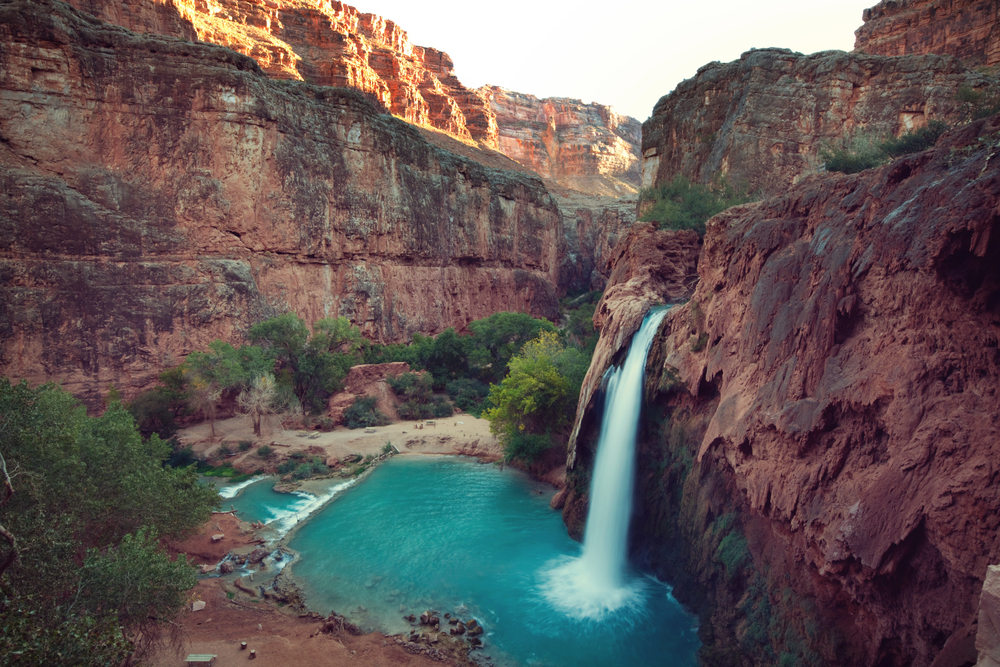
At the bottom of the Grand Canyon, Supai is the most remote community in the
lower 48 United States and the only place where mules still deliver mail. The village,
home to the Havasupai tribe, is located near stunning turquoise waterfalls and is
accessible only by helicopter or an 8-mile hike.
The surrounding red rock canyon walls create an otherworldly atmosphere.
Torngat Mountains Base Camp, Canada
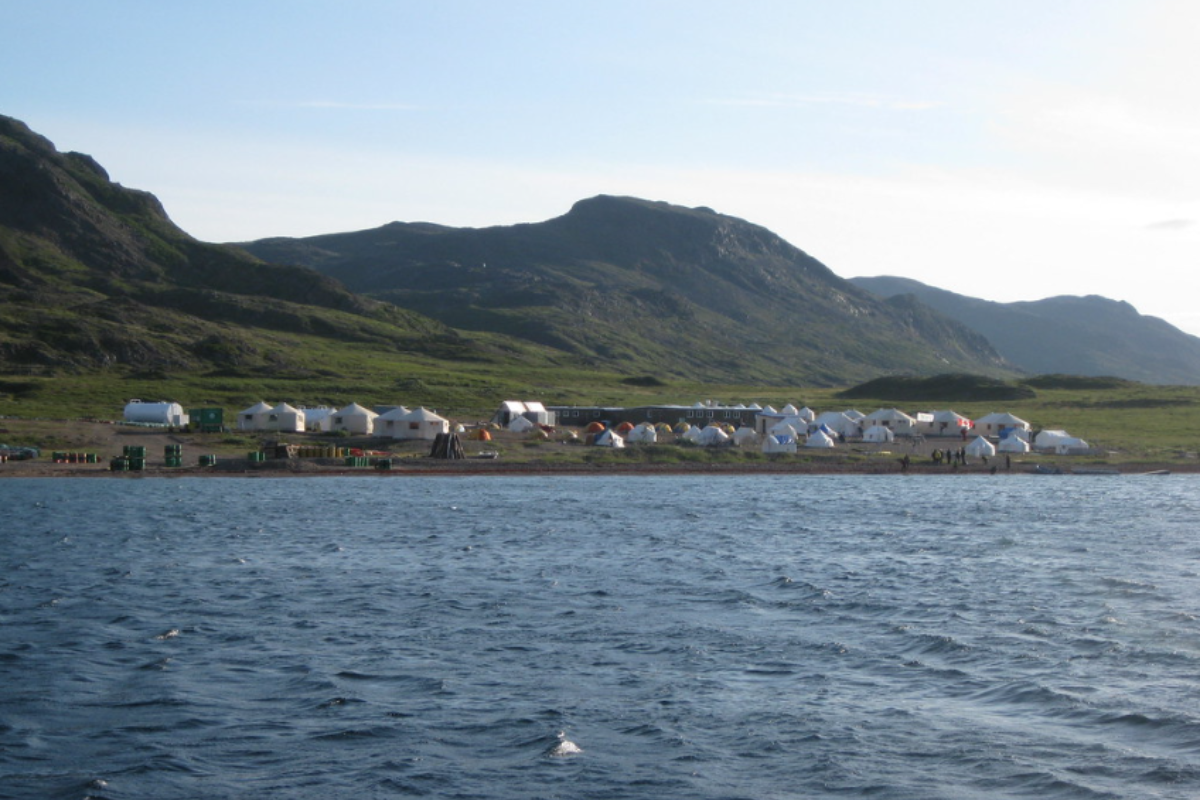
This seasonal Inuit community provides access to pristine Arctic wilderness in
Newfoundland and Labrador’s northernmost reaches. Visitors can witness polar
bears, caribou migrations, and the northern lights while learning about indigenous culture.
The camp operates during summer when the tundra transforms into a colorful carpet of tiny flowers.
Yanque, Peru
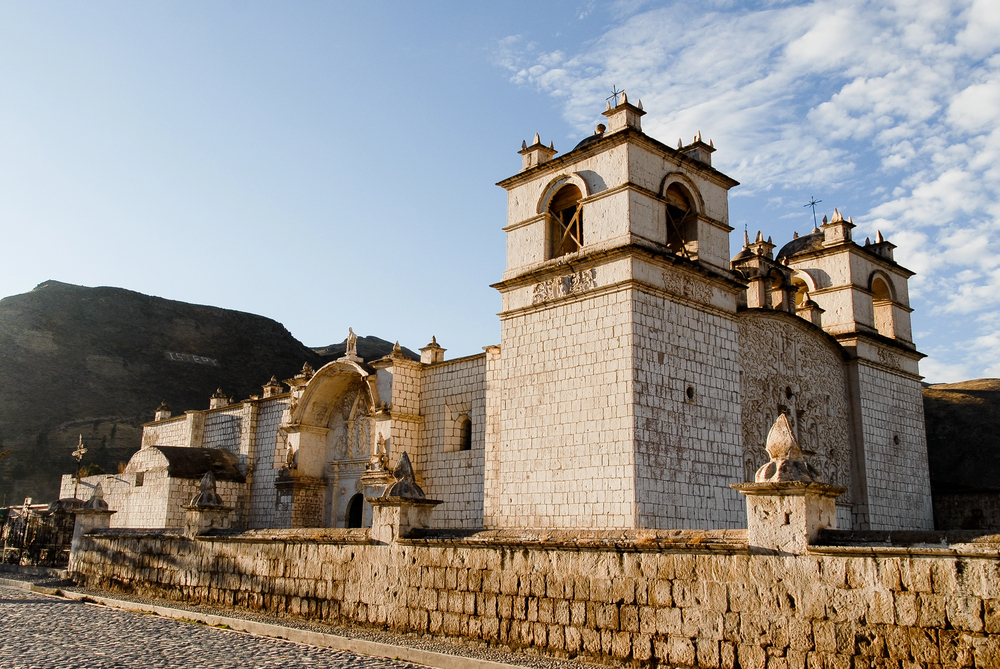
This ancient village in the Colca Canyon preserves centuries-old agricultural
traditions and architecture. Local farmers still tend to pre-Incan terraces while
condors soar overhead through one of the deepest canyons.
Natural hot springs and traditional stone churches add to the village’s timeless character.
Like Travel Pug’s content? Follow us on MSN.
Gjógv, Faroe Islands
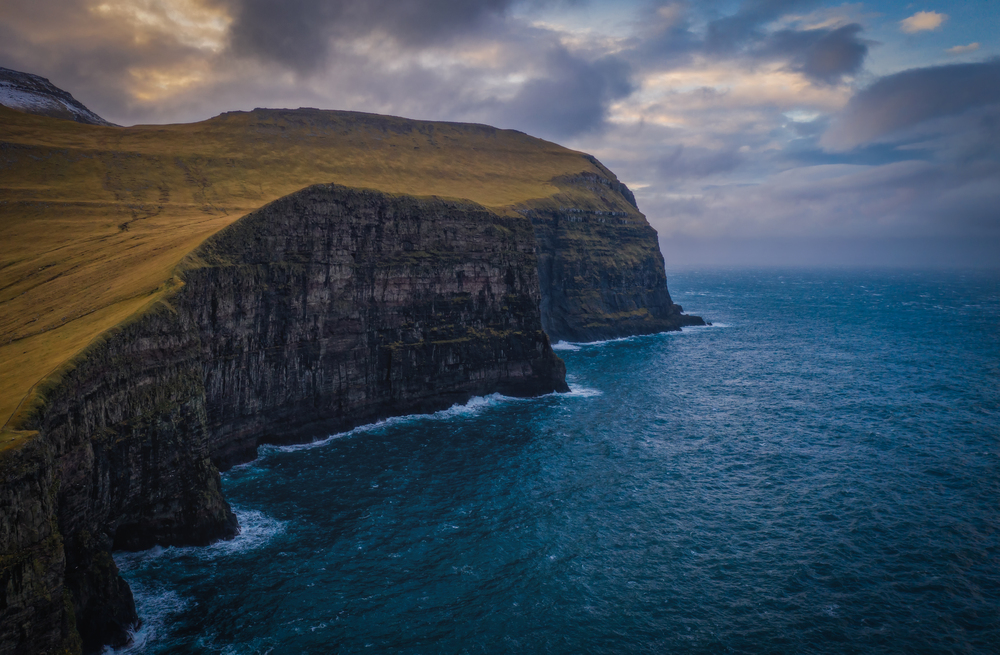
Named after its natural sea-filled gorge, this village of colorful houses clings to the
northeastern tip of Eysturoy island. The 656-foot gorge is a natural harbor, while
surrounding cliffs host thousands of seabirds.
Hiking trails lead to panoramic views of the North Atlantic and neighboring islands.
Combarro, Spain
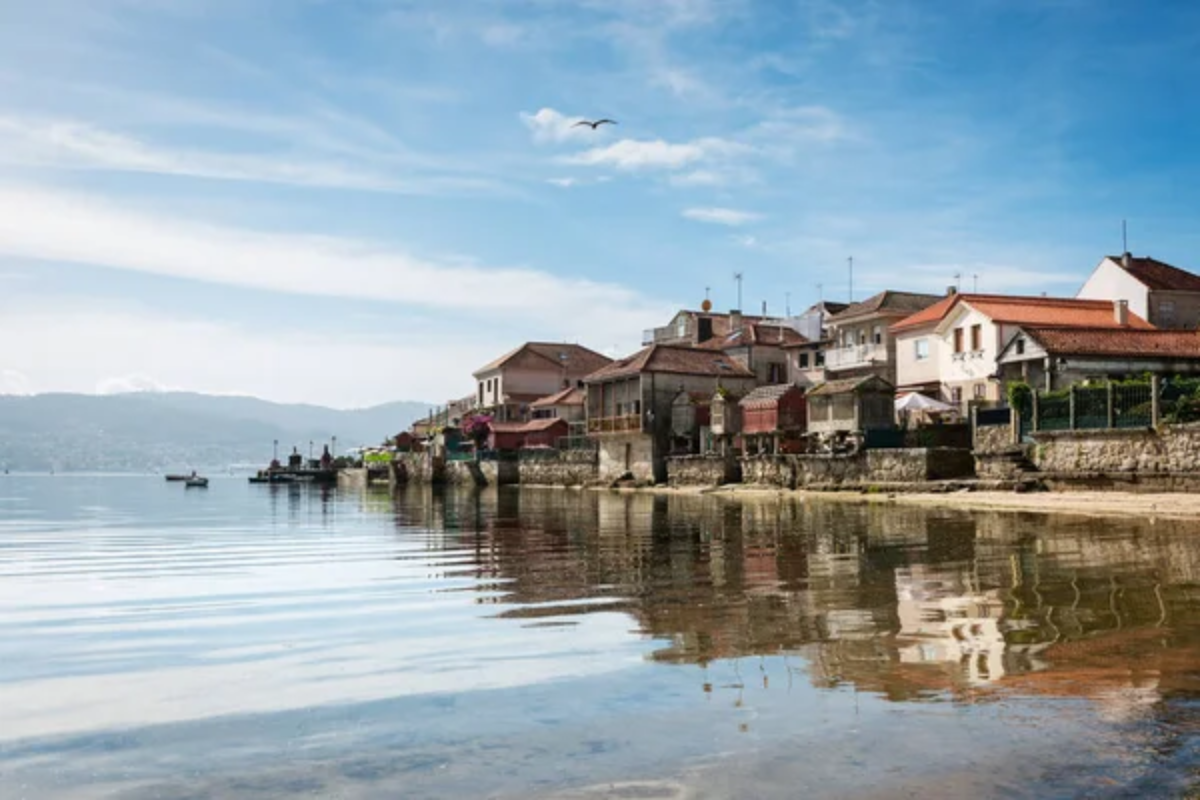
This Galician fishing village displays an exceptional collection of historic granaries
built on granite pillars along the waterfront. The medieval stone houses and
walkways remain largely unchanged, while the surrounding Ría de Pontevedra
provides rich fishing grounds.
Traditional fishing boats still dock in the ancient harbor.
Nam Ban, Vietnam
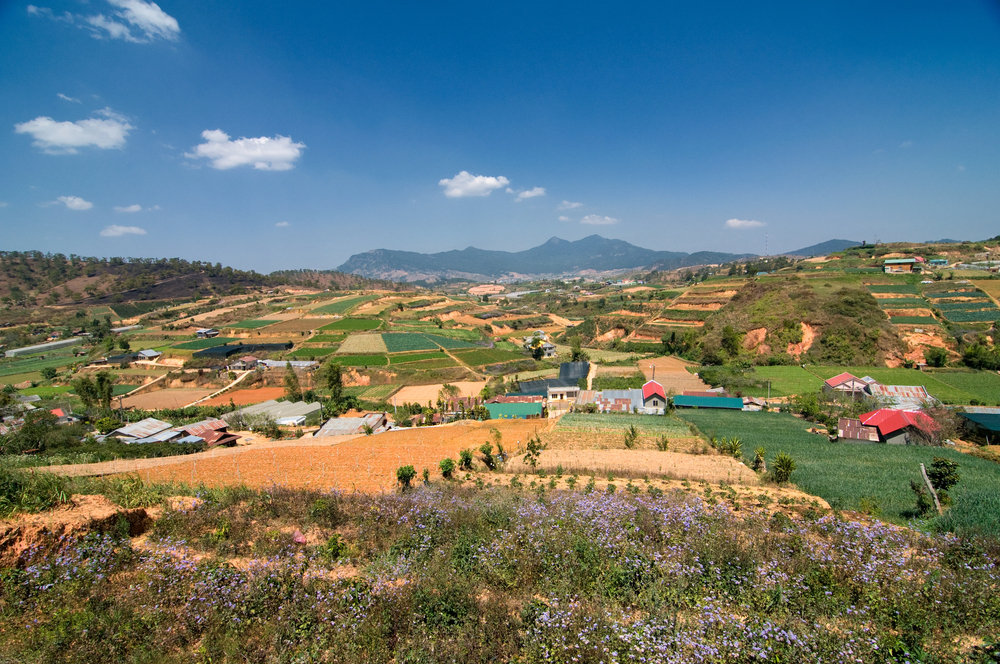
Hidden in the Central Highlands, this Lạng village maintains coffee-growing traditions
amid pine forests and waterfalls. Local farmers cultivate some of Vietnam’s finest
arabica beans using centuries-old techniques.
The moderate climate and fertile volcanic soil create ideal conditions for both agriculture and hiking.
Like Travel Pug’s content? Follow us on MSN.
Gokayama, Japan
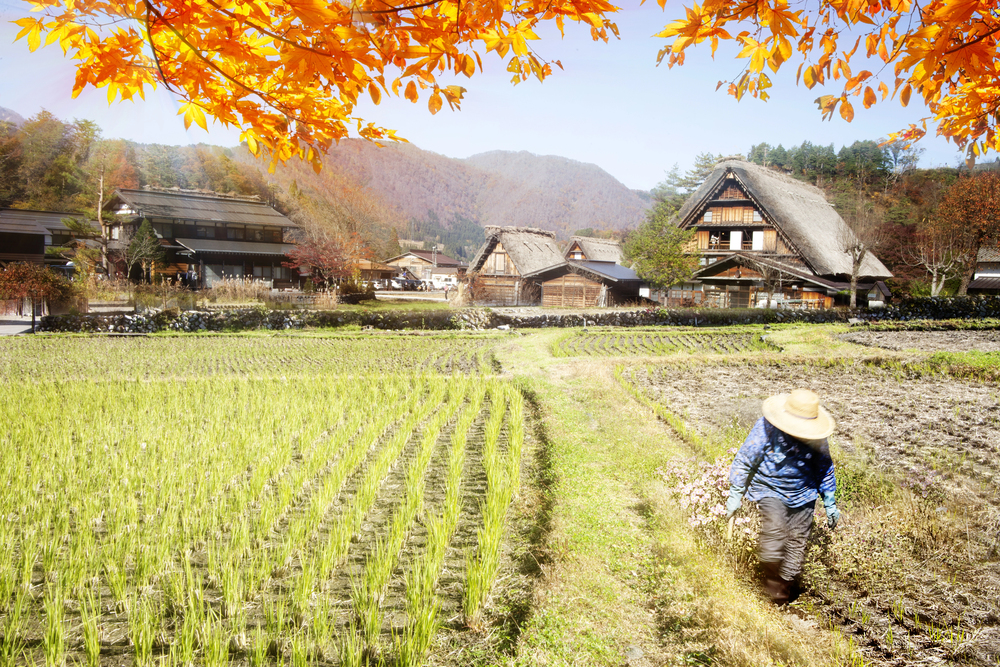
This village in the Japanese Alps, designated a UNESCO World Heritage site,
features distinctive gassho-zukuri farmhouses with steep thatched roofs. Heavy
snowfall blankets the traditional buildings in winter, while spring reveals terraced rice
paddies and cherry blossoms.
The village still practices traditional papermaking and silk farming.
Theth, Albania
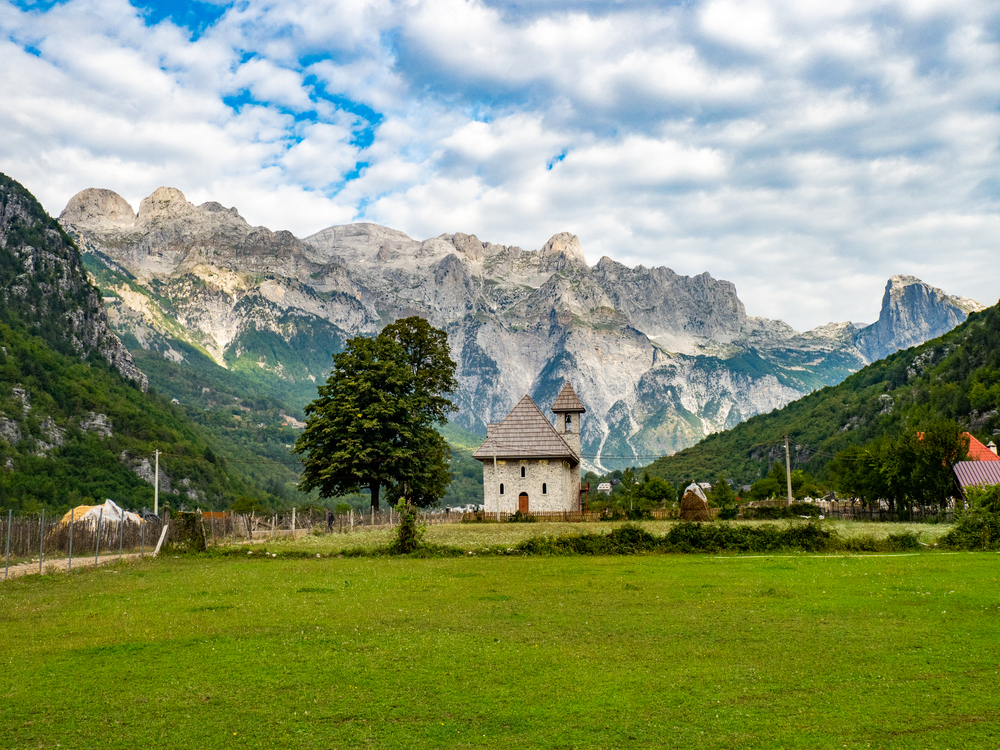
Surrounded by the peaks of the Albanian Alps, this isolated village preserves a
unique mountain culture within its stone houses and defensive towers. The nearby
Theth National Park offers pristine hiking trails and waterfalls.
Local families maintain traditions of hospitality by hosting visitors in their historic homes.
Svaneti, Georgia
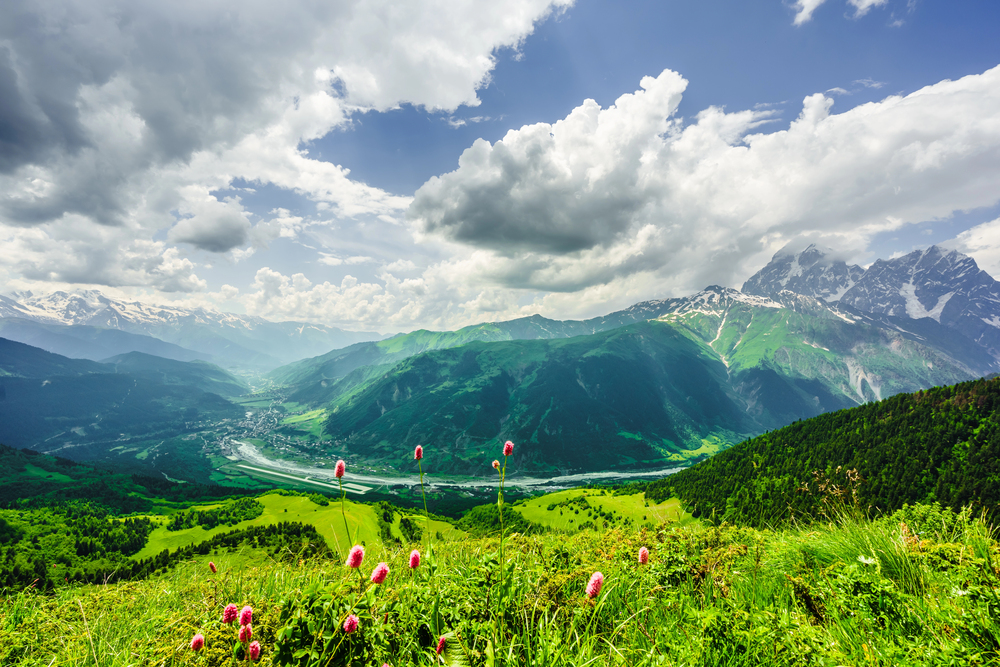
Perched high in the Caucasus Mountains, this collection of villages is famous for its
medieval tower houses and ancient Christian churches. The remote location has
preserved unique customs and the Svan language.
Winter transforms the region into a pristine skiing destination, while summer reveals alpine meadows filled with rare flowers.
Like Travel Pug’s content? Follow us on MSN.
Ladakh’s Markha Valley, India
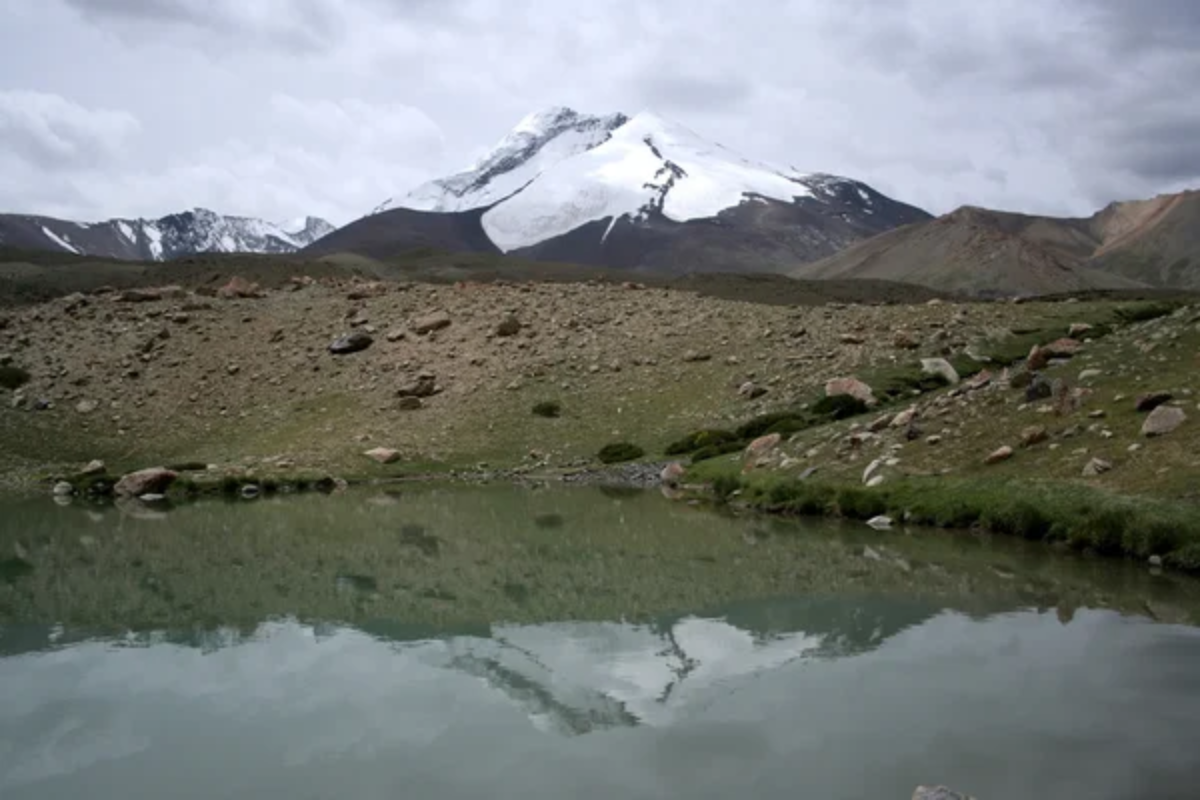
This string of high-altitude villages along the ancient Silk Road maintains Buddhist
traditions and sustainable farming practices. Prayer flags flutter above whitewashed
stupas while locals tend to barley fields surrounded by snow-capped peaks.
The clear mountain air provides spectacular views of the Milky Way at night.
Undredal, Norway
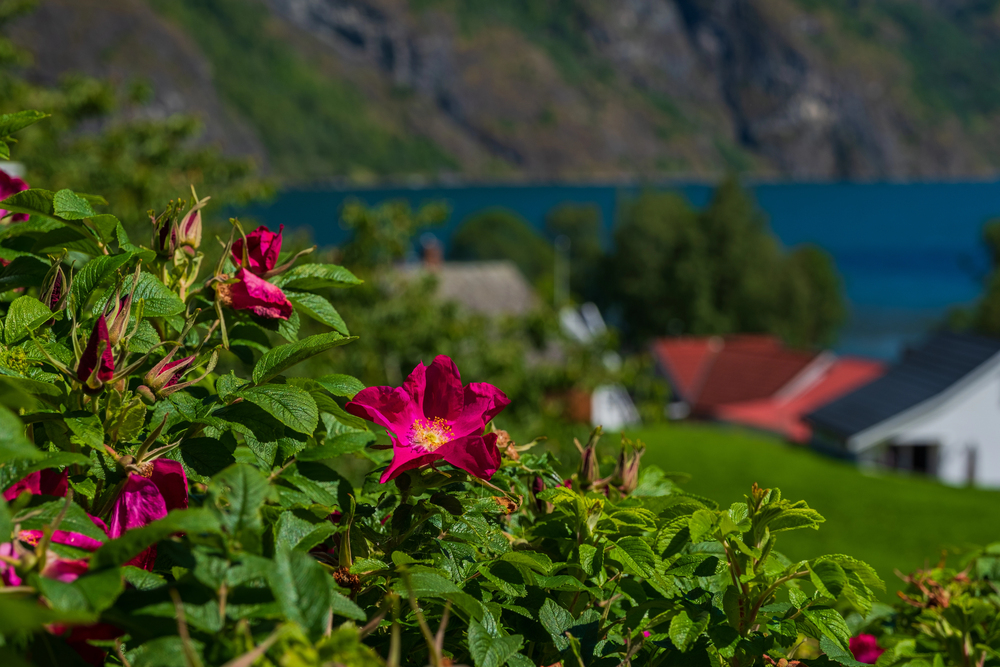
Wedged between a fjord and a mountain, this tiny village was accessible only by
boat until 1988. Traditional goat farming and cheese production continue in the
surrounding valleys and highlands.
The village’s stave church, one of Norway’s smallest, dates back to the 12th century.
Hongcun, China
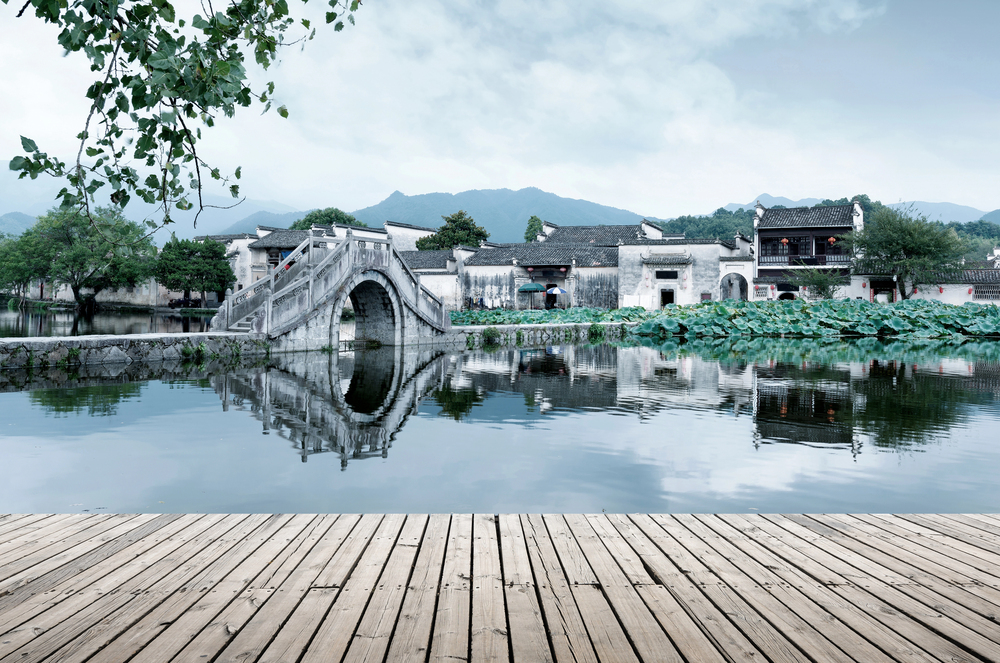
This 900-year-old village in Anhui Province is protected by UNESCO and designed
according to feng shui principles. Its streets have a unique water system that flows
through them. Ancient Hui-style architecture is reflected in tranquil ponds, while
water buffalo graze in nearby fields.
The village’s layout resembles the shape of an ox when viewed from above.
Like Travel Pug’s content? Follow us on MSN.
Flores, Indonesia
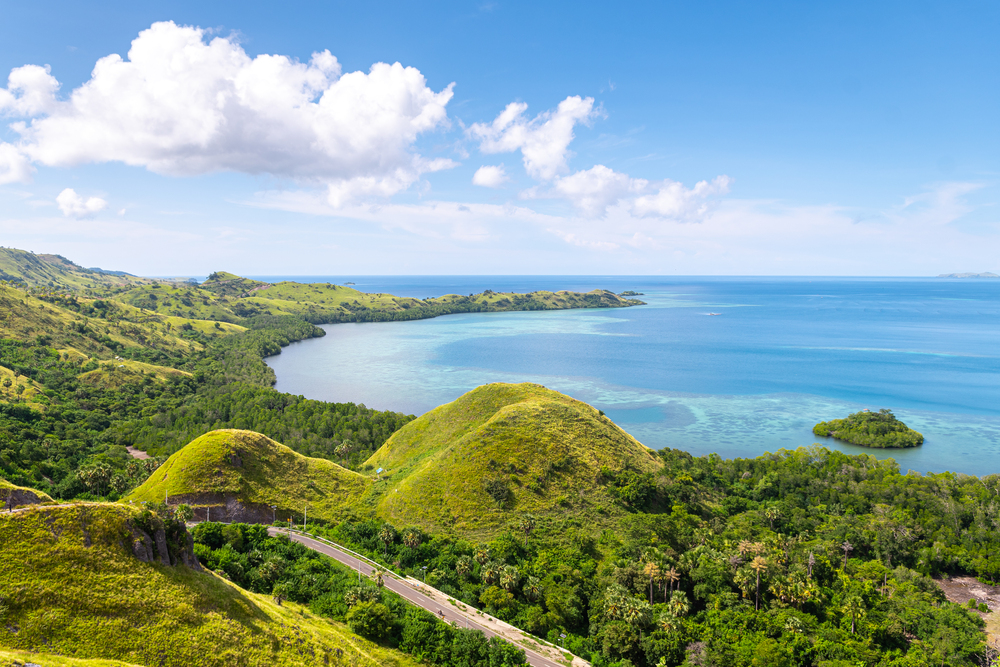
This collection of traditional villages in the Manggarai region preserves unique
circular communal houses called mbaru niang. Local communities maintain ancient
agricultural traditions while surrounded by pristine rainforests and active volcanoes.
The nearby waters host some of the world’s most diverse coral reefs.
Civita di Bagnoregio, Italy
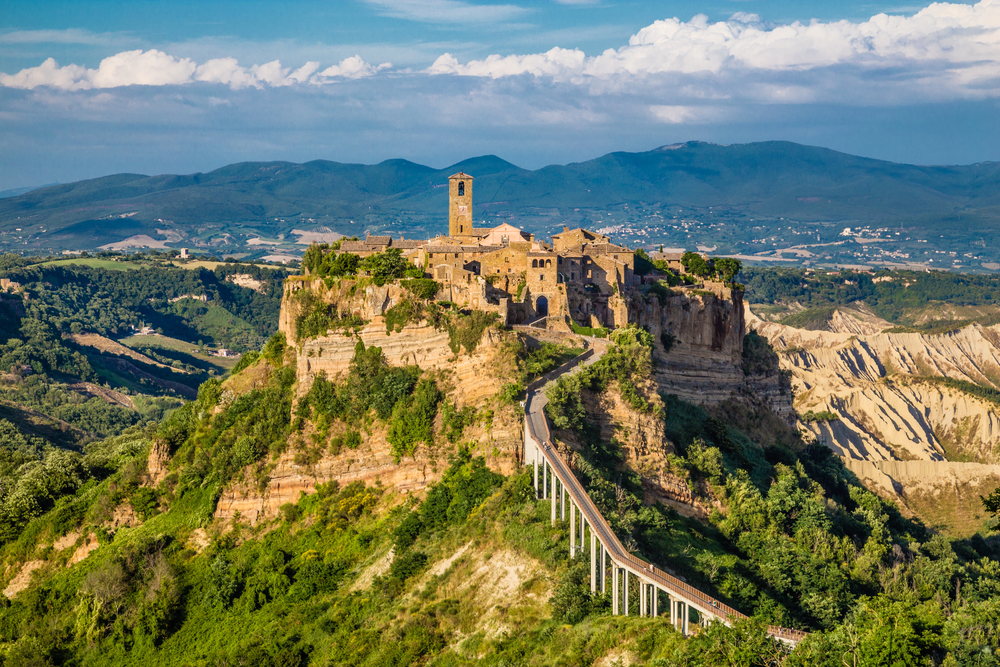
Known as the ‘dying city,’ this ancient settlement sits atop a plateau of volcanic rock
connected to the world by a single footbridge. The dramatic location and medieval
architecture create an otherworldly atmosphere.
Fewer than a dozen permanent residents maintain this remarkable piece of history.
Ushguli, Georgia

Europe’s highest continuously inhabited settlement comprises four villages featuring
distinct Svan towers against the backdrop of Mount Shkhara. The remote location
has preserved ancient Georgian highland culture and traditions.
Summer brings lush alpine meadows, while winter often isolates the community.
Like Travel Pug’s content? Follow us on MSN.
Dhankar, India
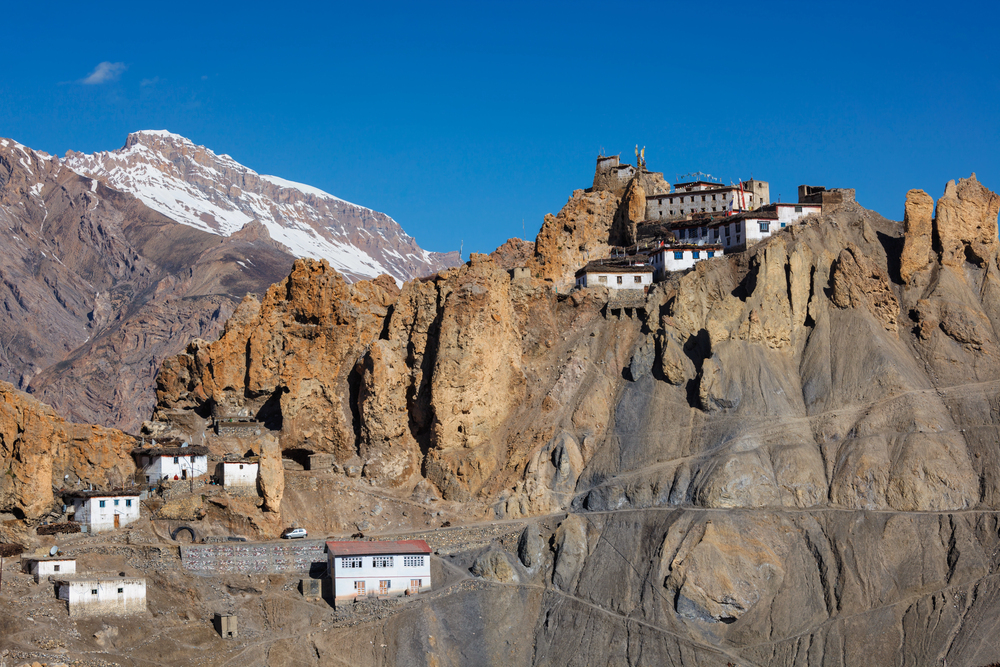
Dramatically positioned at 12,000 feet in the Spiti Valley, this former capital of the
Spiti Kingdom features a 1,200-year-old monastery perched on a cliff edge. The
surrounding landscape combines high-altitude desert with snow-capped Himalayan
peaks.
Traditional mud-brick architecture blends seamlessly with the stark mountain environment.
Reine, Norway
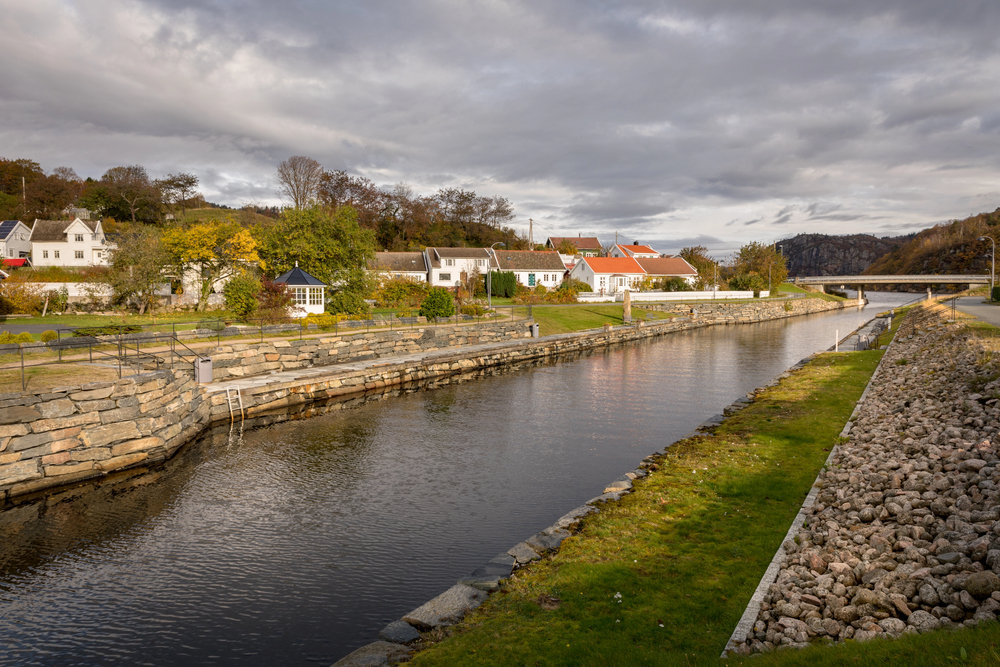
Nestled between towering peaks and the Norwegian Sea in the Lofoten archipelago,
this fishing village preserves centuries-old traditions amid spectacular Arctic scenery.
Traditional red fishermen’s cabins (rorbuer) stand on stilts along the shoreline while
northern lights dance across winter skies.
The surrounding mountains and fjords offer some of Norway’s most dramatic hiking and kayaking opportunities.
Xidi, China
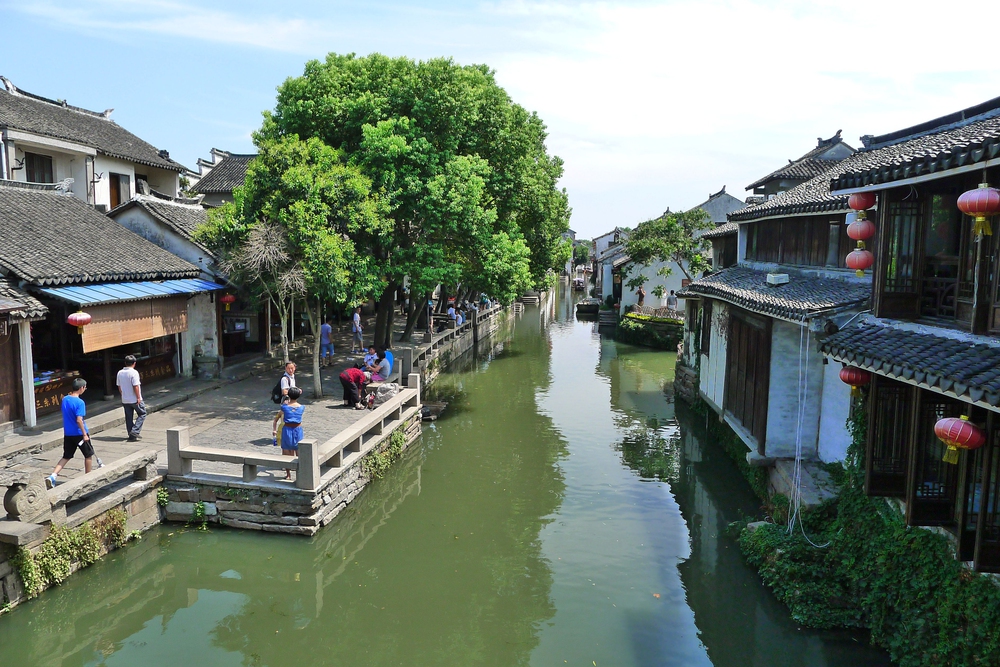
This ancient Huizhou merchant village, nestled among karst mountains, preserves
elaborate Ming and Qing dynasty architecture. The historic residences feature ornate
wooden carvings and white walls, and ancient paving stones line the narrow streets.
Morning mist creates an ethereal atmosphere around the village’s ancestral halls.
Like Travel Pug’s content? Follow us on MSN.
Nature Calls Us Home
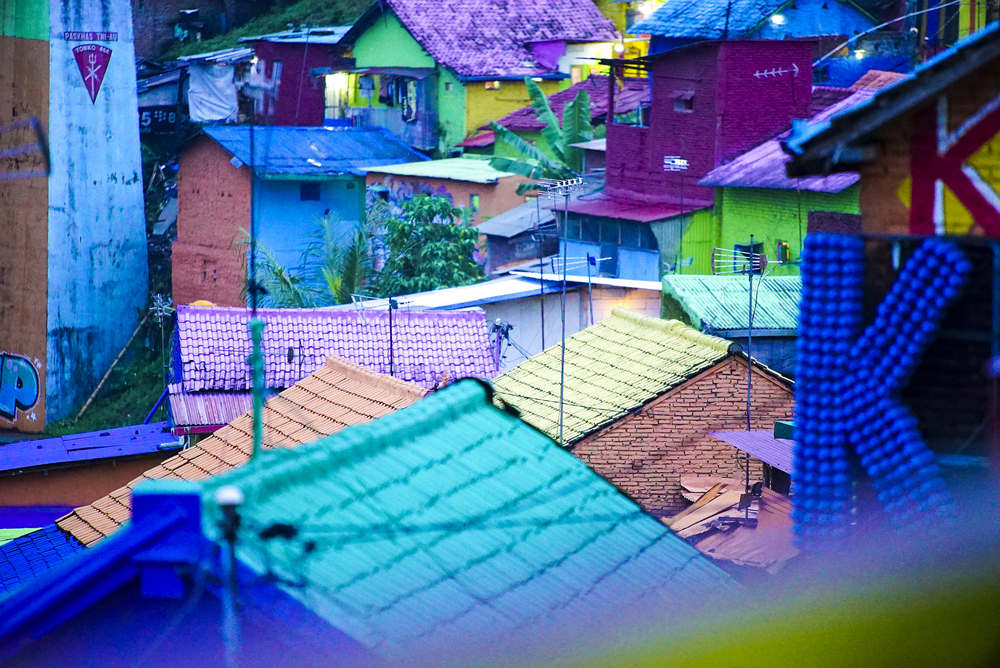
These remote villages remind us that connections with nature and traditional ways of
living offer profound opportunities for personal renewal and cultural understanding.
Each destination provides unique insights into how communities have adapted to
and thrived in some of Earth’s most challenging environments while maintaining
harmony with the natural world.
More from Travel Pug

- 15 Dangerous European Cities to Avoid
- 15 Caribbean Islands Where Tourists Keep Getting Scammed
- The 20 Most Fascinating Abandoned Places: A Journey Through Time and Forgotten Spaces
- 15 Hidden Places in the Smithsonian Museums Locals Love: A Guide to Lesser-Known Treasures
- 16 Hidden Florida Beach Towns That Aren’t Overrun with Tourists
Like Travel Pug’s content? Follow us on MSN.
